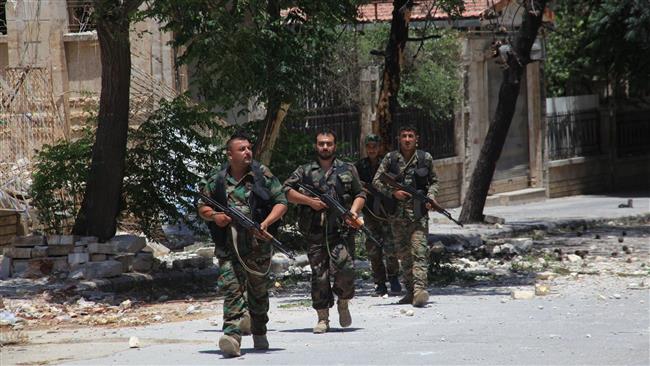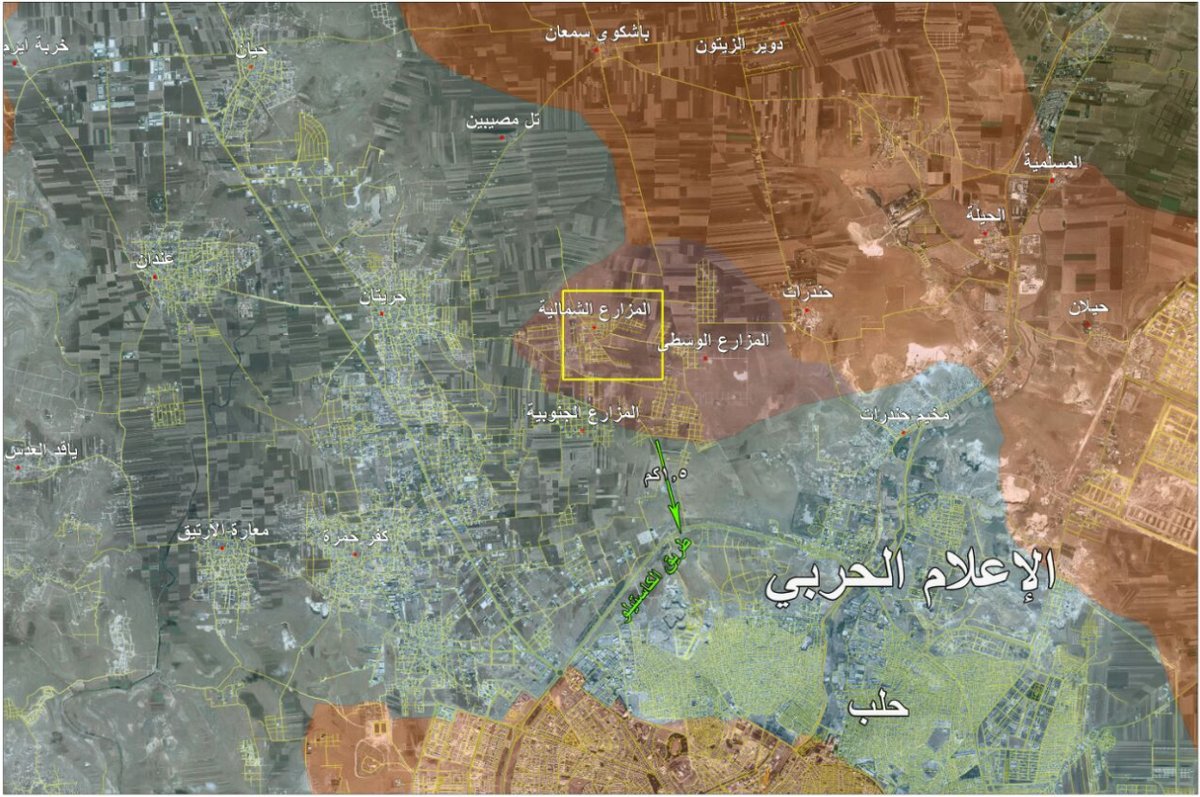Written by Brian Betts exclusively for SouthFront
Aleppo has been a central theater of the Syrian Conflict since its early days in 2012. Today, Aleppo has become a chaotic mixture of criminal infighting and assassinations set against the creeping shadow of the Islamic State. As the Syrian Arab Army (SAA) ground force and Russian air power is brought to bear against the roiling turmoil that is Aleppo, the last hand for peace has been extended and summarily withdrawn. With the capture of Aleppo imminent, this article looks back at how the battle has progressed.
Defection
The Battle of Aleppo began after the initial criminal uprisings and featured the al-Tawhid Brigade, along with the Free Syrian Army (FSA). Initial SAA action against rebel forces was severely hobbled by the fact that the FSA forces in Aleppo were largely comprised of defected SAA officers; some of whom were privy to the plans to retain government control of the city.
Despite the defections, the government enjoyed favor with the local populace of Aleppo; after tribal leaders, Armenians and Christians alike were abused by Islamist thugs, some of these elements combined forces with the SAA. It is worth noting to Western audiences that where diversity is valued, it is the standing regime of Syria that guarantees safety for a variety of religions. Even so-called ‘moderate’ rebels have sometimes had trouble exercising restraint against so-called kafir.
Encirclement
Various offensives and defensives took place over the course of 2012-2015. While the SAA operations ultimately failed to secure Eastern Aleppo, they did succeed in denying the rebel forces with ample supply routes.

Syrian army soldiers patrol in government-controlled Aleppo’s al-Khalidiyah area on June 28, 2016. ©AFP
In early 2016, the Syrian government succeeded in cutting off rebel access to Turkey. Slowly but surely, surrounding towns and villages were being reported as ‘captured’ by government forces.
Although ISIS had a peripheral presence around Aleppo as early as October 2015, they would push even closer to the city on February 23, 2016. After capturing villages near Lake Jabbul and Rasm al-Nafal, ISIS succeeded in cutting rebel supply lines to Aleppo in the east. After weathering a number of assaults from the SAA, ISIS retained much of their gained ground.
Although certainly not in coordinated symphony, the mixture of SAA and ISIS element effectively cut the city of Aleppo off. At the end of 2015, it became increasingly difficult for rebel forces to remain fully operational.
Russian Air Power
In May of 2016, the Russian Air Force stepped up its campaign to support the assault on Aleppo by delivering devastating strikes in the Anadan plains, north of the city itself. The SAA, meanwhile, began shelling the Handarat Camp, knocking out criminals from Jabhat al-Nusra and the FSA.
Prior to the SAA and Tiger Forces assault on Mallah Farms, the Russian Air Force also struck targets in the area.
Mallah Farms
On June 28, 2016 the culmination of a series of pushes towards Aleppo was completed with a relentless assault on Mallah Farms, directly north of Aleppo city. With over 90% of the Mallah Farm territory captured from al-Nusra, the SAA is close to obtaining a staging area for operations against the city of Aleppo.

Click to see the fill-size map
Video evidence has surfaced showing rebels using an American-made M72 Light Anti-Tank Weapon (LAW), likely procured from Turkey before supply routes were cut off.
Recapture and Repulsion
The SAA is in an increasingly better position to retake Aleppo from criminals and foreign fighters. The Assad regime has retained support from the city, which has had mixed luck with social interactions between residents and rebels.
The remaining challenge after recapture is the rooting out of ISIS agents. The SDF, Nusra Front and independent journalists have accused ISIS of carrying out assassination attempts against their leadership and prominent figures. If true, the lingering infestation of Islamists may prove harder to break than the occupation of the SDF and al-Nusra.

